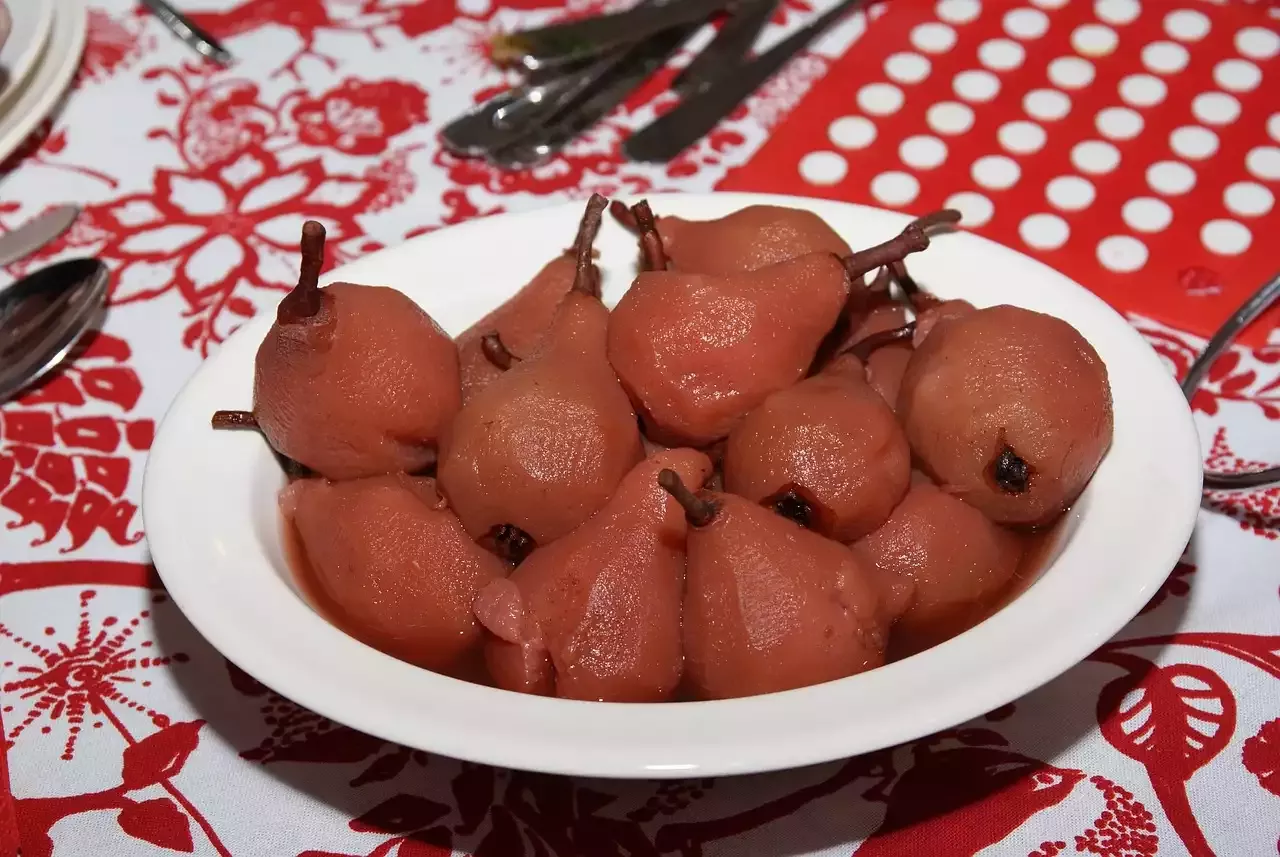Introduction
Step into the enchanting world of traditional Mexican Christmas delicacies. Discover a rich tapestry of flavors, textures, and aromas that will transport you to the heart of Mexico's festive celebrations. From tamales to ponche navideño, each dish is steeped in history and crafted with love. Immerse yourself in the age-old tradition of making tamales. Delicate masa dough filled with succulent meats, cheeses, or vegetables, all carefully wrapped in corn husks and steamed to perfection. With every bite, experience the explosion of flavors that have been passed down through generations.
Indulge in the vibrant colors and tropical flavors of ponche navideño, a warm and comforting Christmas punch. This aromatic blend of fruits, spices, and cane sugar is sure to awaken your senses and put you in the holiday spirit. But that's just the beginning. Dive deeper into the world of Mexican cuisine and discover other delectable treats like buñuelos, romeritos, and bacalao. Each dish tells a story, a story of generations preserving their culinary legacy. Join us as we embark on a culinary journey through the tastes and traditions of a Mexican Christmas. Get ready to savor the authentic flavors that make this festive season truly unforgettable.
History and Cultural Significance of Mexican Christmas Food
A Shared Culinary Heritage Mexican Christmas food is deeply rooted in the country's rich history and diverse cultural influences. The cuisine reflects a fusion of indigenous, European, and African flavors, resulting in a unique culinary experience. The traditional dishes served during Christmas celebrations showcase the melding of these cultural influences and serve as a reminder of Mexico's vibrant past.
Pre-Hispanic Origins Many of the ingredients used in Mexican Christmas delicacies can be traced back to the pre-Hispanic era. Corn, for example, is a staple in Mexican cuisine and is a key component in dishes like tamales and tortillas. The indigenous people of Mexico revered corn as a sacred crop, and it continues to hold a special place in Mexican culture and cuisine.
European Influences The arrival of the Spanish in Mexico during the 16th century brought new ingredients and cooking techniques to the region. European flavors such as cinnamon, cloves, and nutmeg made their way into Mexican cuisine, adding a warm and aromatic touch to Christmas dishes. European immigrants also introduced ingredients like wheat flour, which led to the creation of traditional Mexican Christmas treats like buñuelos.
African Influences The African influence on Mexican cuisine can be seen in dishes like romeritos, a traditional Christmas dish made with dried shrimp and potatoes. African slaves brought their culinary traditions to Mexico, contributing to the diverse flavors and ingredients found in Mexican Christmas food. This blend of cultures has resulted in a rich and varied culinary landscape that continues to evolve and delight.
Symbolism and Tradition Mexican Christmas food is not just about taste; it is also deeply symbolic. Each dish carries with it a story and a tradition that has been passed down through generations. Tamales, for example, are often made in large batches and shared with family and friends. The act of making tamales together is a time-honored tradition that brings loved ones together and strengthens bonds. The filling of the tamales can vary depending on the region and personal preference, but the act of sharing them remains a constant symbol of unity and love.
Regional Variations Mexico is a diverse country, and each region has its own unique Christmas food traditions. In the state of Oaxaca, for instance, mole negro is a popular Christmas dish. This rich and complex sauce is made with a blend of spices, chocolate, and chilies, creating a truly indulgent experience. In the Yucatan Peninsula, cochinita pibil, a slow-roasted pork dish marinated in achiote paste, is a staple on Christmas tables. Exploring the regional variations of Mexican Christmas food offers a glimpse into the country's culinary diversity and the importance of local ingredients and traditions.
A Feast for the Senses Mexican Christmas food is not only a treat for the taste buds but also a feast for the senses. The vibrant colors of dishes like ponche navideño, with its red hibiscus flowers and green sugarcane sticks, create a visual spectacle that adds to the festive atmosphere. The aromas of spices and herbs wafting through the air evoke a sense of warmth and nostalgia. Every bite of these traditional delicacies is a sensory experience that transports you to the heart of Mexico's Christmas celebrations.
Conclusion
As the holiday season approaches, take a journey through the flavors and traditions of traditional Mexican Christmas delicacies. Explore the history and cultural significance of these dishes, and discover the fusion of flavors that make Mexican cuisine so unique. From tamales to ponche navideño, each dish tells a story and carries with it the spirit of Christmas in Mexico. Whether you're indulging in the rich mole negro of Oaxaca or sipping on a warm cup of ponche navideño, let the authentic flavors transport you to the heart of Mexico's festive celebrations. Embrace the traditions, savor the tastes, and create memories that will last a lifetime.
